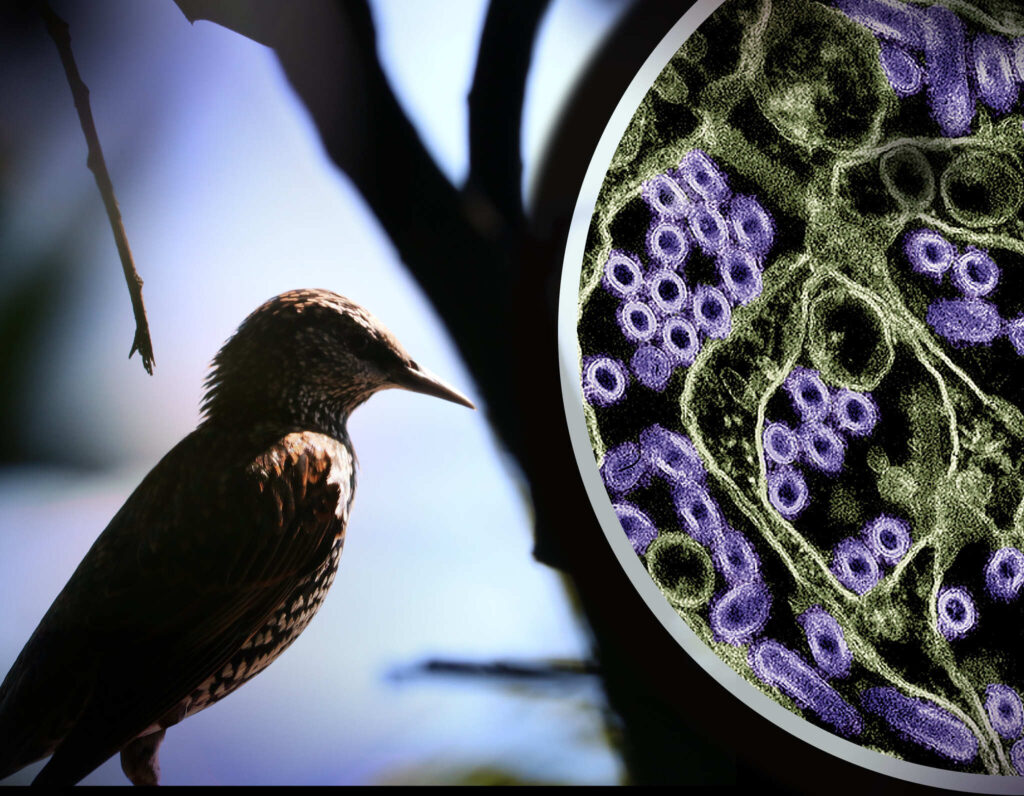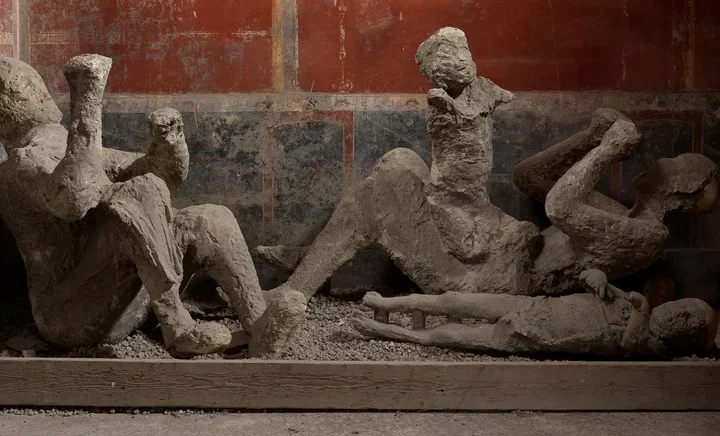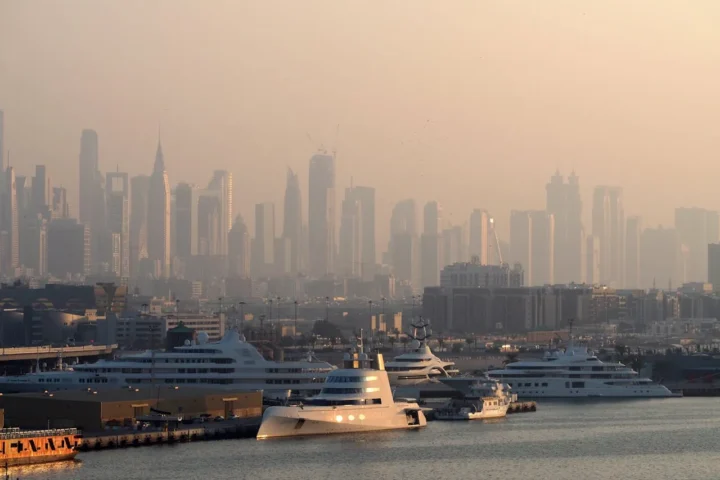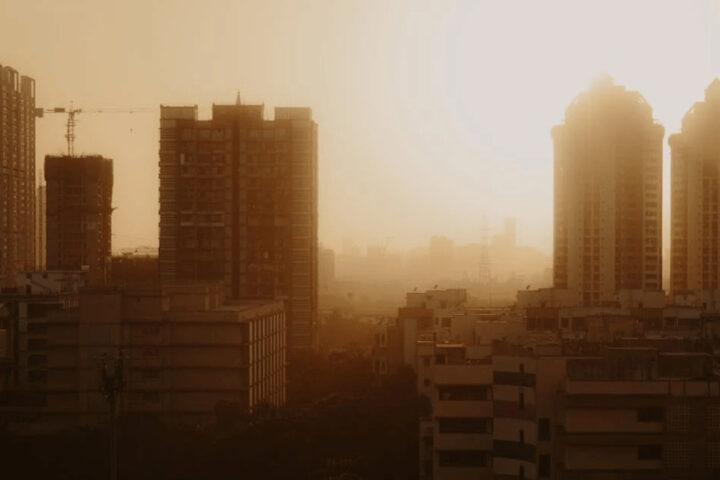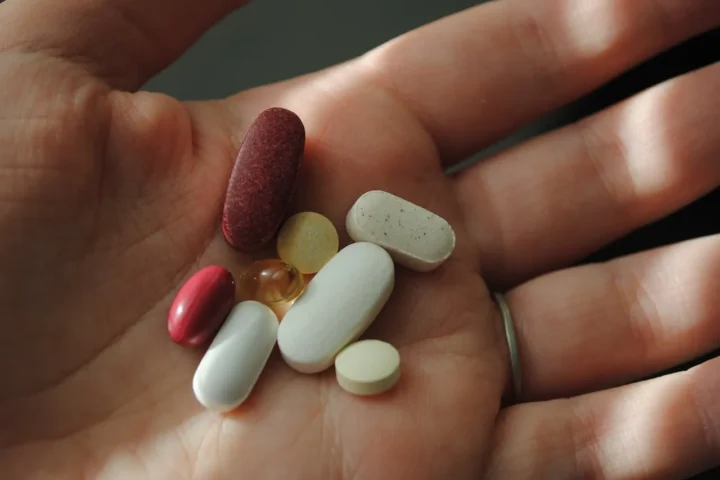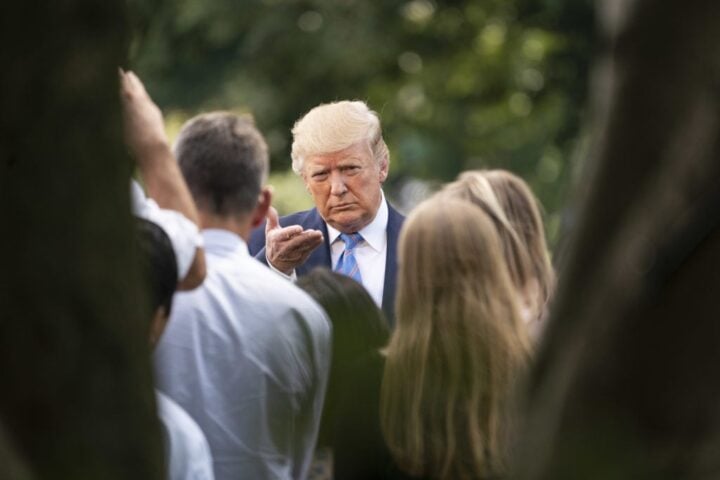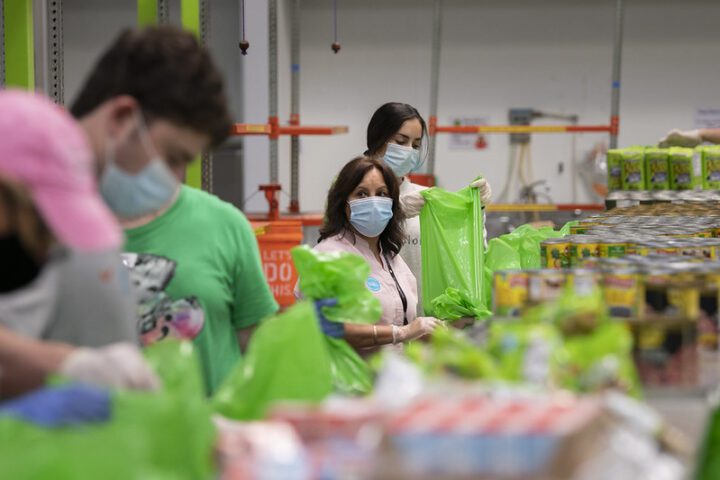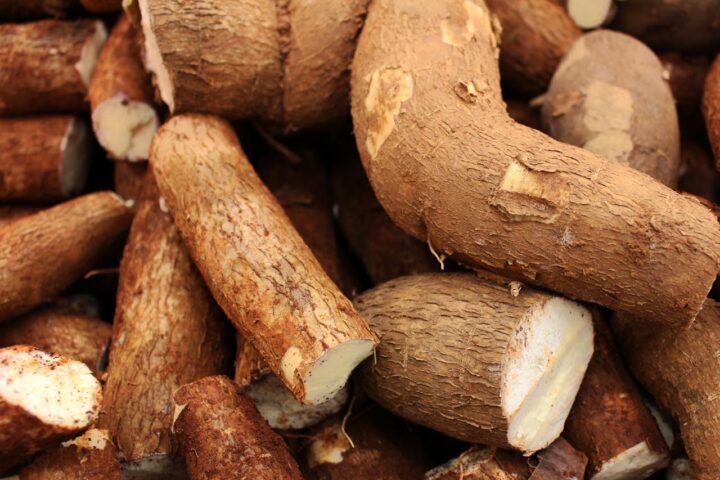Science Corporation’s PRIMA retinal implant system has achieved unprecedented success in restoring functional vision to patients with age-related macular degeneration (AMD), according to preliminary clinical trial results released October 21, 2024. The brain-computer interface (BCI) technology enables patients who have lost central vision to perform high-acuity visual tasks, including reading and face recognition.
The PRIMA (Photovoltaic Retinal Implant for Advanced vision restoration) system represents a neural engineering breakthrough in treating geographic atrophy (GA), an advanced form of AMD affecting approximately 8 million people worldwide. Professor Frank Holz, MD, Scientific Coordinator of the PRIMAvera study and Chairman of Ophthalmology at the University of Bonn, stated, “For the first time it was possible to restore real form vision in a retina that has deteriorated due to age-related macular degeneration. Prior to this, there have been no real treatment options to improve vision for these patients.”
The system’s neural interface architecture combines three key components: a 2mm photovoltaic implant positioned beneath the retina, specialized augmented reality glasses incorporating a high-resolution camera and projection system, and a pocket processor for real-time image optimization. The subretinal implant features a proprietary honeycomb array of independently controlled pixels that convert infrared light signals into precise electrical stimulation patterns, bypassing damaged photoreceptors to activate remaining retinal neurons.
Clinical trial data from 38 GA patients demonstrated statistically significant improvements in visual acuity. At 12 months post-implantation, subjects showed a mean improvement of 23 letters (4.6 lines) on standardized logMAR testing, with the best-responding patient achieving a 59-letter (11.8 line) improvement. Success criteria of 10 letters (2 lines) improvement was exceeded, while baseline natural vision remained stable, indicating a favorable safety profile.
Science Corp CEO Max Hodak noted, “To my knowledge, this is the first time that restoration of the ability to fluently read has ever been definitively shown in blind patients. This represents an enormous turning point for the field.” The technology builds on foundational research from Stanford University and subsequent development by Pixium Vision, which Science Corp acquired in April 2024.
The PRIMA system received FDA Breakthrough Device designation in 2023, accelerating its pathway toward regulatory approval. Current limitations include monochromatic vision, as the system cannot yet process color information. The ongoing PRIMAvera pivotal trial aims to support CE mark approval in Europe.
Similar Posts
The neural engineering approach differs from competing vision restoration technologies. While companies like Second Sight and Nano Retina focus on epiretinal implants, PRIMA’s subretinal placement may offer advantages in spatial resolution and natural image processing. The system’s zoom functionality provides magnification capabilities, though this reduces the field of view.
According to NIH data, approximately one million Americans have GA, with 160,000 new cases annually. The condition disproportionately affects older adults and those with family history. No effective treatments existed previously for advanced GA patients who had lost central vision.
Science Corporation continues parallel development of their Science Eye platform, which combines optogenetic gene therapy targeting retinal ganglion cells with an ultra-dense microLED display implant. This dual-modality approach positions the company to address multiple forms of vision loss through complementary neural engineering strategies.
The PRIMAvera trial results suggest neural interface technologies may finally offer real hope for patients with previously untreatable retinal degeneration. As the field of neural engineering advances, such brain-computer interfaces could expand treatment options across a spectrum of sensory and neurological conditions.

